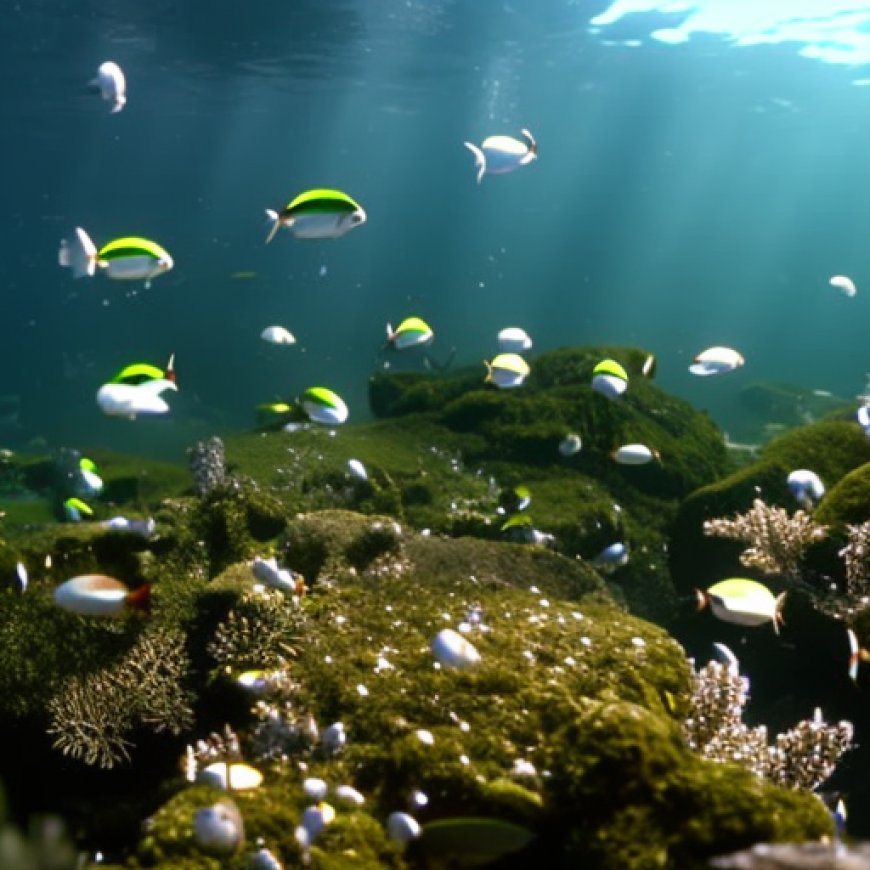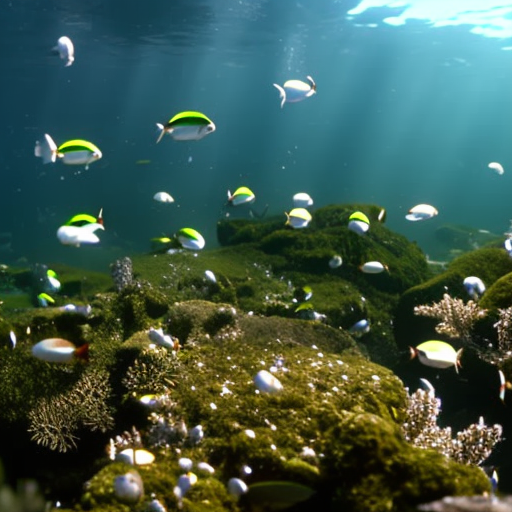Recovery of Biodiversity of European Freshwater Comes to a Halt
Recovery of Biodiversity of European Freshwater Comes to a Halt Smithsonian's National Zoo and Conservation Biology Institute


This particular study examined European waterways. Can we extrapolate these findings to the United States?
While this paper is just about Europe, I think the United States is likely seeing something similar. We went from the 1969 Cuyahoga River Fire to big, sweeping legislation in the 1970s, such as the Clean Water Act, where we had major improvements in our water quality.
But like Europe, we haven’t had much change in terms of new legislation in recent years, and we’re seeing a slow decline in our water quality in many places across the United States. Things like microplastics, insecticides, and nutrient runoff are also key stressors for freshwater systems globally that could be mitigated with increased regulations.
Despite the initial recovery period, the data shows biodiversity is not continuing to improve. What is the key takeaway from this study?
Although the initial takeaway is that biodiversity is not continuing to improve, I actually think there’s a silver lining. What the data from earlier time periods show is that we can make a difference in our water quality, and that the legislation to clean up our water systems did have positive impacts. We can make changes like limiting pollution and putting in better sewer systems, and our rivers can recover.
It also shows that you have to continually work to maintain these systems. Obviously, a big elephant in the room is climate change, and that could be one of the reasons we’re starting to see the decline now. That will require much more serious legislation than just the “improving the sewer system” type of problem we have faced in the past.
What are some things we can all do to protect waterways where we live?
We can’t all write legislation, but we can get involved in local waterway restoration projects. You can advocate for removing channelization of streams and restoring the natural floodplain, which is the flat area along the banks of a river or stream. You can advocate against building next to rivers or in areas prone to flooding. You can also advocate for updating your community’s wastewater systems, which is critically important infrastructure that can improve a lot of water quality problems.
SDGs, Targets, and Indicators
| SDGs | Targets | Indicators |
|---|---|---|
| SDG 6: Clean Water and Sanitation | 6.3: Improve water quality by reducing pollution, eliminating dumping, and minimizing release of hazardous chemicals and materials | Indicator not mentioned in the article |
| SDG 14: Life Below Water | 14.1: Prevent and significantly reduce marine pollution of all kinds | Indicator not mentioned in the article |
| SDG 15: Life on Land | 15.1: Ensure conservation, restoration, and sustainable use of terrestrial and inland freshwater ecosystems | Indicator not mentioned in the article |
| SDG 13: Climate Action | 13.1: Strengthen resilience and adaptive capacity to climate-related hazards and natural disasters | Indicator not mentioned in the article |
1. Which SDGs are addressed or connected to the issues highlighted in the article?
- SDG 6: Clean Water and Sanitation
- SDG 14: Life Below Water
- SDG 15: Life on Land
- SDG 13: Climate Action
The issues highlighted in the article are related to water quality, pollution, and the decline of biodiversity in water systems. These align with the goals of SDG 6, SDG 14, SDG 15, and SDG 13.
2. What specific targets under those SDGs can be identified based on the article’s content?
- SDG 6.3: Improve water quality by reducing pollution, eliminating dumping, and minimizing release of hazardous chemicals and materials
- SDG 14.1: Prevent and significantly reduce marine pollution of all kinds
- SDG 15.1: Ensure conservation, restoration, and sustainable use of terrestrial and inland freshwater ecosystems
- SDG 13.1: Strengthen resilience and adaptive capacity to climate-related hazards and natural disasters
The article emphasizes the need for legislation and actions to improve water quality, limit pollution, and protect water systems. These align with the targets of SDG 6.3, SDG 14.1, SDG 15.1, and SDG 13.1.
3. Are there any indicators mentioned or implied in the article that can be used to measure progress towards the identified targets?
No specific indicators are mentioned or implied in the article that can be used to measure progress towards the identified targets. The article focuses more on the need for legislation and actions rather than specific indicators for measurement.
Behold! This splendid article springs forth from the wellspring of knowledge, shaped by a wondrous proprietary AI technology that delved into a vast ocean of data, illuminating the path towards the Sustainable Development Goals. Remember that all rights are reserved by SDG Investors LLC, empowering us to champion progress together.
Source: nationalzoo.si.edu

Join us, as fellow seekers of change, on a transformative journey at https://sdgtalks.ai/welcome, where you can become a member and actively contribute to shaping a brighter future.







